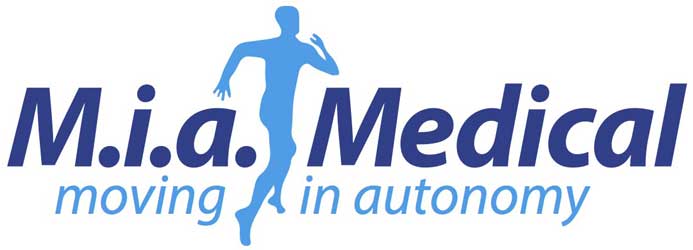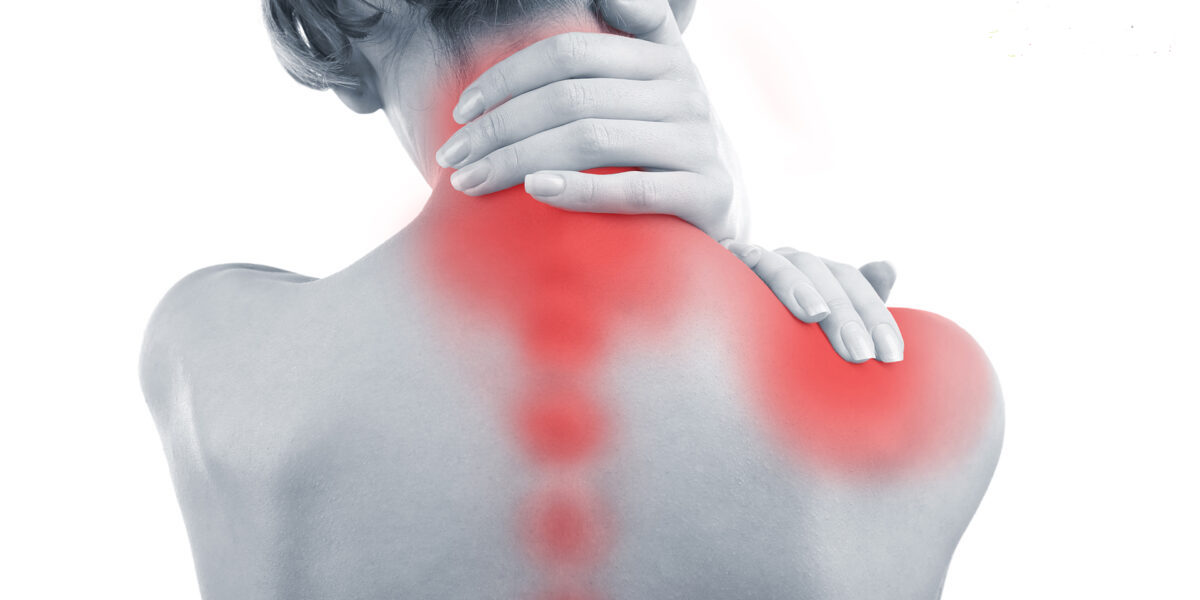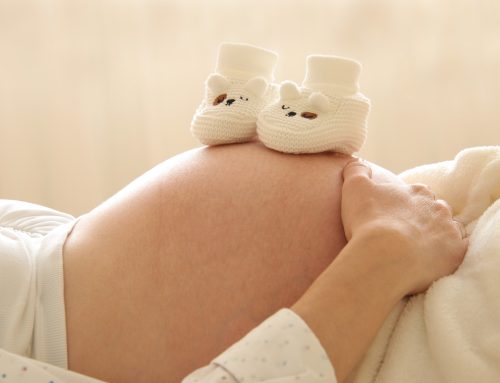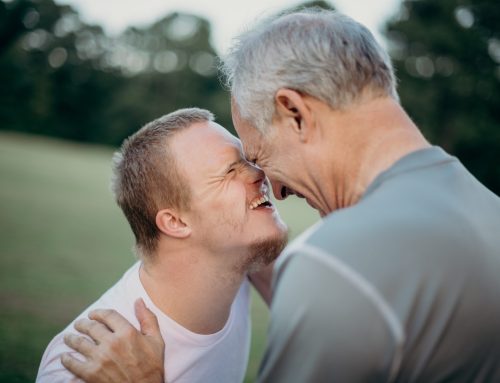The Cervical Headache is a disturbance very popular which seems to affect women between the ages of 20 and 60 the most. It is mainly caused by tensions which accumulate at the level of the shoulders and neck and also restrict the head in rotation and movement. The cervicalbeing the most delicate part of the spinal column, is often subject to the onset of acute and constant pain that can last for several days.
La cervicalgia may occur starting in the cervical vertebrae but may later radiate to the head, limbs or back, making movement difficult. The pain may vary in intensityand may be accompanied, for example, by feelings of nausea, dizziness and vertigo.
Possible Causes of Cervical Headache
Le causes that can unleash the cervical headache resulting in the onset of symptoms are multiple:
- Bad posture
La position which we assume during our daily lives, in the simple actions we perform every day, from walking to sitting at a table, can be one of the factors that lead to the neck pain. People who work long hours at the computer, in the car or with a bent upper body may in fact be more affected by this type of pain. A incorrect position can also be due to external factors such as the structures on which we sit or rest.
- Low physical activity and sedentary lifestyle
Who leads a sedentary lifehe is more likely to run the risk of taking a long-term incorrect posture which, by affecting the cervical vertebrae, causes pain. On the other hand, those who practice physical activity consistently not only keep their bodies in a state of well-being, but also have a more toned and stronger musculature that allows them to adequately support their spinal column, thus preventing cervical discomfort.
- Cold snaps
When you warns cold the muscles tend to contract, consuming energy, in order to produce more heat to maintain a body temperature of 37 degrees. The state of contracture, however, may already be high due to problems outside the temperature of the environment.
- Wrong positions during sleep
Maintain a good posture is not only essential during the day but even when we are asleep. Taking up the wrong positions during the night alters the quality of sleep. In fact, there are many people who, by assuming the wrong positions, sleep and rest poorly, thus affecting their state of health. It is advisable to 'indulge one's neck' by placing the pillow in the position and height where the neck is least painful and contracted. The most recommended position for those with neck pain is supine, with a low pillow to accompany the natural curvature of the neck and shoulders, with the arms stretched along the sides and adequate support for the knees so as not to overload the spine.
- Stress and emotional tensions
Cervical headaches can also be caused by a voltage build-up at neck level generated by stress and states of anxiety. This disorder is a psychosomatic disease, linked to the emotionality of the person who unconsciously unloads everything onto his or her physical state.
- Temporo-mandibular tensions
Another possible cause may be the malocclusion or the closure incorrect of dental arches which causes tension in the structure of the jaw and, consequently, the appearance of painful symptoms radiating to the neck and head.
- Trauma
After having immediately a cervical trauma it is extremely likely to experience headaches. This disorder may continue even several months or years after the accident. The vertebrae lose some of their stability after an accident, so there is an increased strain on the musculature, which causes increased tension and a resulting painful chronic contracture, leading to headaches.
Remedies for Cervical Headaches
La headachehowever it presents itself, is not never to be underestimated and should always be treated quickly from the first symptoms. One should always get aaccurate diagnosis to understand the causes and how to deal with the disorder. A correct diagnosis can not only prevent the recurrence of pain, which can also lead to serious complications, but is also crucial in identifying the most appropriate therapy. For alleviate pain at cervical you can adopt different solutionsDepending on the intensity of the headache, one can act in different ways:
- Postural rehabilitation
Spending a lot of time sitting for study or work or following a sedentary lifestyle can lead to incorrect postures, which is why it is useful to do some exercises for postural re-education to alleviate pain and prevent it.
- Exercise
Do exercisekeep active and, accordingly, relax muscles is definitely one of the solutions for the treatment of neck pain. By acting on the muscles, stretching and strengthening activities can be performed, which, by increasing the range of movement of the vertebrae and the muscles of the cervical tract, can cure cervicalgia and the associated headaches.
- Power supply
To prevent the occurrence of neck-related disorders such as headaches, it is of essential importance have a proper nutrition. Meals should be taken at regular intervals and a balanced diet should be followed with the right amount of fruit, vegetables and the right amount of water.
- Drugs
If the pain cannot be relieved by natural methods, it can be reduced by taking of natural drugs or notnecessarily under prescription.
- Massages
If the cervical headache acute results can be effective neck muscle massages carried out strictly by a specialist. In fact, manual therapy is able to release tension, acting directly on the pain so as to decontract the muscles where the discomfort is felt.
A valid remedy for the pain intense at cervical is definitely the magnetotherapy. This type of solution can restore the person's ability to move and reduce pain in a short time. By stimulating vascular circulation and acting on the repolarisation of the muscle cells involved in contraction, it has an anti-inflammatory and pain-relieving effect on the affected area.






Leave A Comment
You must be logged in to post a comment.